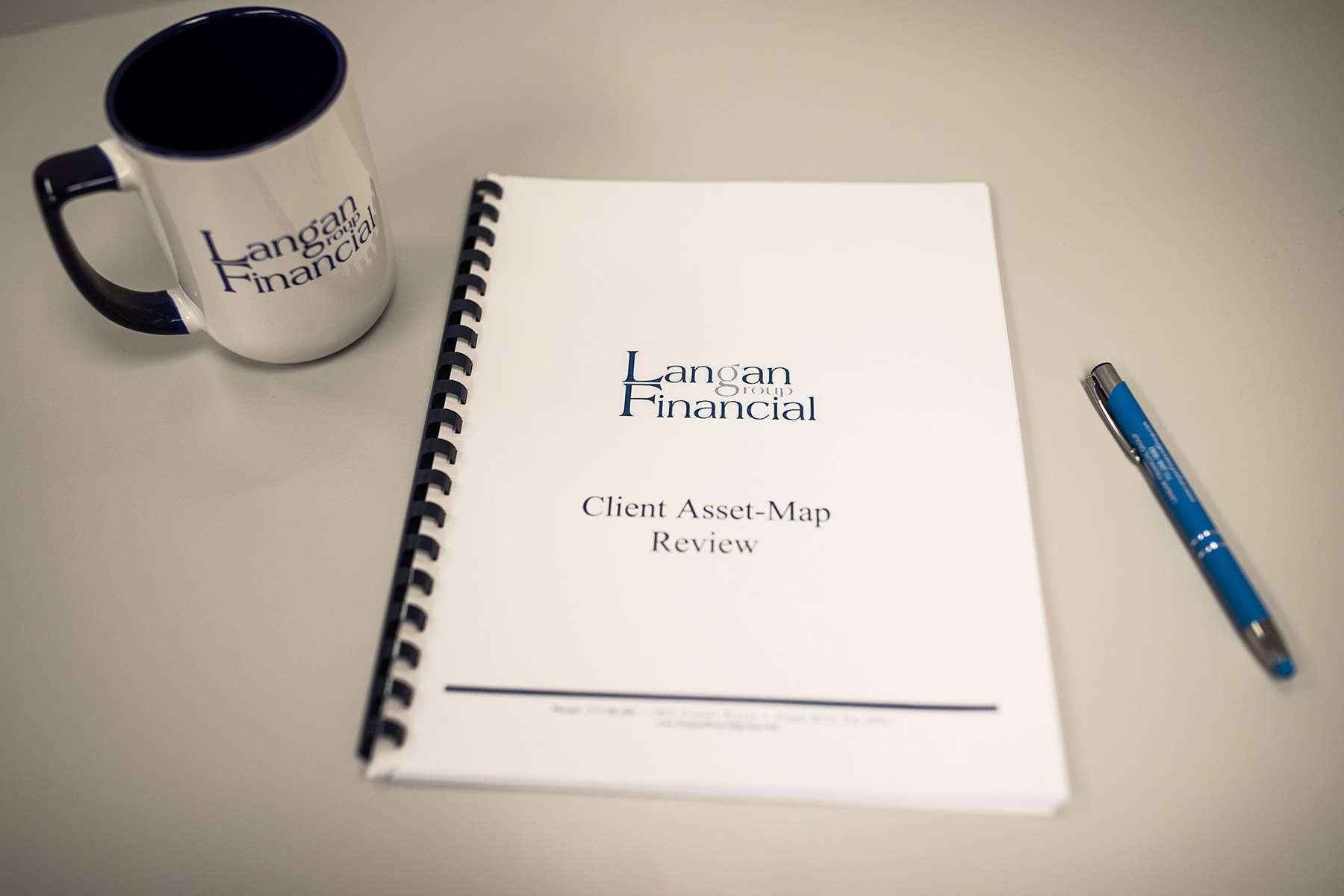Understanding bull and bear markets is essential for navigating the ever-changing financial landscape. These market cycles have shaped the investment strategies of generations, offering valuable lessons for today’s investors.
In 2025, with markets experiencing heightened volatility and uncertainty, revisiting historical trends and strategies can help investors make informed decisions.

Understanding Bull and Bear Markets: Key Lessons for Investors
Bull and bear markets represent two sides of the market cycle. A bull market is characterized by sustained price increases, optimism, and economic expansion, while a bear market signals declining prices, pessimism, and economic contraction.
Since 1928, there have been 27 bull markets and 27 bear markets in the U.S., with stocks gaining an average of 111% during bull markets but losing an average of 35% during bear markets.
One critical takeaway is that bull markets tend to last significantly longer than bear markets. The average bull market spans 965 days (2.6 years), while bear markets typically last just 289 days (about 9.6 months).
This historical trend underscores the importance of patience and long-term investing, as bull markets have historically more than compensated for bear market losses over time.
How Long Do Bear Markets Typically Last?
Bear markets are often shorter-lived than investors fear but can still feel daunting during periods of economic uncertainty.
On average, bear markets last about nine and a half months, but durations vary widely depending on the underlying causes. For example:
- The 1973–74 bear market lasted 630 days amidst an oil crisis and stagflation.
- The COVID-19-induced bear market in early 2020 was one of the shortest on record, lasting just 33 days before a rapid recovery.
- The average decline in a bear market is around 42%, with some reaching as much as 50% during severe downturns like the Great Recession (2007–09).
These statistics highlight the importance of staying invested during downturns. Historically, balanced portfolios have recovered losses within a few years, even after severe declines.

How to Navigate Market Cycles: Insights from U.S. History
Market cycles are inevitable, but understanding their patterns can help investors navigate them effectively. During bull markets, optimism often leads to rising valuations as investors bid up prices based on future growth expectations.
The median bull market return is approximately 110%, lasting about three times longer than the average bear market. However, timing these cycles is notoriously difficult—even for professionals. Research shows that missing just a few of the best-performing days during a recovery can significantly reduce long-term returns. For example:
- About 42% of the strongest stock market days occur during bear markets or in the first two months of a new bull market.
- Investors who sell during downturns risk missing these critical rebound periods.
The key lesson? Avoid emotional decision-making and stick to a well-diversified portfolio aligned with your long-term goals.
Risk Management Strategies During Bear Markets
Bear markets can test even the most seasoned investors, but proactive risk management can mitigate losses:
- Diversification: Spread your investments across asset classes (stocks, bonds, real estate) and sectors to reduce exposure to any single downturn. For example, consumer staples and utilities often perform better during recessions.
- Cash Allocation: Keeping 10–20% of your portfolio in cash or cash equivalents provides liquidity to take advantage of buying opportunities when prices are low.
- Hedging: Consider using strategies like put options or inverse ETFs to protect against downside risk.
- Rebalancing: Regularly adjust your portfolio to maintain your desired asset allocation as market conditions change.
By implementing these strategies, you can weather bear markets with greater confidence while positioning yourself for future gains.

Why Patience Pays Off in Long-Term Investing During Bull Markets
Bull markets reward patient investors who stay invested through volatility. Since World War II, stocks have risen significantly over time despite periodic downturns:
- The longest bull market (1987–2000) lasted nearly 4,500 days and delivered a cumulative return of 582%.
- Even shorter bull runs provide substantial gains; for instance, the current bull market (as of April 2025) has already delivered a total return of over 50% in just two years.
However, prolonged bull runs can lead to “asset drift,” where rising stock prices increase equity exposure beyond an investor’s risk tolerance. For example:- A portfolio initially allocated at 60% stocks may drift to 70–80% during a long bull run unless rebalanced regularly.
- To maximize gains while managing risk:
- Take light profits during extended rallies and reinvest in fixed-income assets or cash reserves.
- Revisit your asset allocation periodically to ensure it aligns with your financial goals.
Lessons from History for Today’s Investor
The history of U.S. markets offers valuable lessons for navigating both bull and bear cycles:
- Bull Markets: Stay invested for long-term growth but manage risk through diversification and regular rebalancing.
- Bear Markets: Use proactive strategies like diversification, cash allocation, and hedging to protect your portfolio while preparing for eventual recovery.
Key takeaways include:
- Bear markets are shorter but more volatile than bull markets—staying invested is critical to capturing rebounds.
- Bull markets provide significant long-term returns but require disciplined portfolio management to avoid overexposure to riskier assets.
- Diversification remains the cornerstone of successful investing across all market cycles.
By learning from history and applying these strategies in today’s volatile environment, you can build a resilient portfolio that thrives over time—regardless of whether bulls or bears dominate the market!
About the Financial Planning Author

Alexander Langan, J.D, CFBS, serves as the Chief Investment Officer at Langan Financial Group. In this role, he manages investment portfolios, acts as a fiduciary for group retirement plans, and consults with clients regarding their financial goals, risk tolerance, and asset allocation.
With a focus on ERISA Law, Alex graduated cum laude from Widener Commonwealth Law School. He then clerked for the Supreme Court of Pennsylvania and worked in the Legal Office of the Pennsylvania Office of the Budget, where he assisted in directing and advising policy determinations on state and federal tax, administrative law, and contractual issues.
Alex is also passionate about giving back to the community, and has participated in The Foundation of Enhancing Communities’ Emerging Philanthropist Program, volunteers at his church, and serves as a board member of Samara: The Center of Individual & Family Growth. Outside of work and volunteering, Alex enjoys his time with his wife Sarah, and their three children, Rory, Patrick, and Ava.
About Langan Financial Group: Financial Advisors
Langan Financial Group is an award-winning financial planning firm with offices in York, Pennsylvania and Harrisburg, Pa.
With over 100+ 5-star reviews, Langan Financial Group is an independent financial planning firm established in 1985, offering a broad range of financial planning services.
With an open architecture platform, our advisors have access to a diverse range of products, free from any sales quotas.
Our team of 9 financial experts, each with unique specialties, enhances our ability to focus on delivering value to our clients.
Disclosure
The content is developed from sources believed to be providing accurate information. The information in this material is not intended as tax or legal advice.
Please consult legal or tax professionals for specific information regarding your individual situation.
The opinions expressed and material provided are for general information, and should not be considered a solicitation for the purchase or sale of any security.
Securities offered through Cambridge Investment Research, Inc., a Broker/Dealer, Member FINRA/SIPC.
Investment Advisor Representative, Cambridge Investment Research Advisors, Inc. a Registered Investment Advisor. Cambridge and Langan Financial Group, LLC are not affiliated.
Cambridge does not offer tax or legal advice.




